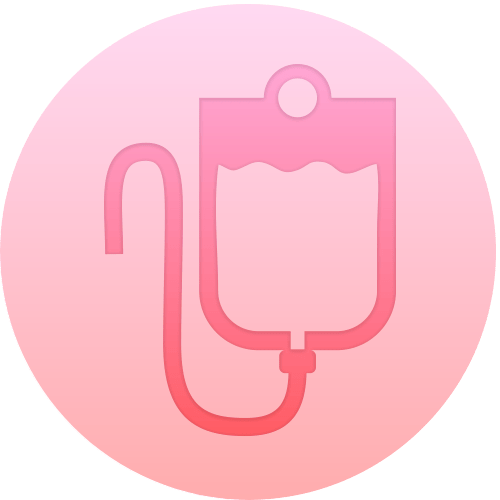Sunscreen or sunburn?

Can you believe that it’s the first day of summer this Sunday? We’ve been having amazing weather lately and I’ve been reminding everyone to slip, slop, slap to avoid sunburn. Speaking of which, sunscreen has been in the media lately – there are concerns that some brands are not meeting the SPF advertised on the bottle.
See here if you missed it: https://www.stuff.co.nz/
So what can you do to ensure that you won’t get burned by your sunscreen?
Before I get into that, it’s important to understand what SPF actually is and the different types of sunscreen available. SPF stands for sun protection factor. It is a measure of how well the sunscreen protects our skin from sunburn. A higher SPF means that more ultraviolet (UV) radiation is filtered, however, there is no sunscreen available that can fully block all UV radiation and some will always pass through to our skin.
The Cancer Society recommends using a sunscreen with at least an SPF of 30, this means that 96.7% of UV radiation is filtered, you can purchase higher SPF, for example, SPF 50 filters 98% of UV radiation. Regardless of whether you have SPF 30 or 50, the most important point I must emphasise to you all is to apply your sunscreen correctly (I’ll cover this in detail below).
There are also two main types of sunscreen that you should be aware of – chemical and physical.
Chemical sunscreens contain compounds which work by creating a chemical reaction in the skin that changes UV radiation to heat which is released in the air.
Physical sunscreens contain UV filters which sit on top of the skin to deflect the UV radiation.
If you have sensitive skin, I usually recommend a physical sunscreen as it is less likely to be absorbed into the skin and cause a reaction.
Lastly, it’s important to know what sunscreen brands mean when they advertise their product as “broad spectrum”. This means that it filters both types of UV radiation – UVA and UVB.
UVA can cause ageing and UVB can cause sunburn – but both can cause long term damage.
So when purchasing a sunscreen look for: • A broad-spectrum sunscreen • At least SPF 30 • AS/NZ 2604 standard on the label • If you have sensitive skin, a physical sunscreen containing zinc oxide or titanium dioxide
But beyond this, THE MOST IMPORTANT THING is to know how to apply sunscreen correctly. I have seen many patients over the years complaining that sunscreen doesn’t work for them, only to find out that they have not been using it correctly – this can save you a lot of pain and discomfort!! These are my top tips:
- Apply sunscreen at least 20 minutes before heading out into the sun – your skin should be dry – give it time to absorb or settle onto your skin.
- Make sure that you are using enough sunscreen – people often apply much less than they really need. As a general rule of thumb – a teaspoon should be applied to each area of your body – each arm, front of the body, back of the body, each leg, face etc.
- If you are sweating or in the water, make sure that you reapply the sunscreen often. Brands can advertise 4 hours water resistant but I would recommend reapplying every 2 hours to be sure.
- I also suggest wearing sunscreen daily to your face as part of a general skincare routine – apply it before any makeup and moisturiser to ensure it is in contact with your skin.
Going back to the media coverage about sunscreen – it is very concerning that some sunscreens may not be meeting the SPF advertised on the packaging, I think it’s important that sunscreens are regulated and are required to adhere to Australian and New Zealand standards – and I hope we see this change coming soon. But regardless of applying it correctly is number 1.
If you would like to know more about sunscreen or need help choosing the one that suits you and your lifestyle, do not hesitate to pop in and ask myself or one of the team.
To a long and sunburn free summer!
Chris Pharmacist


















